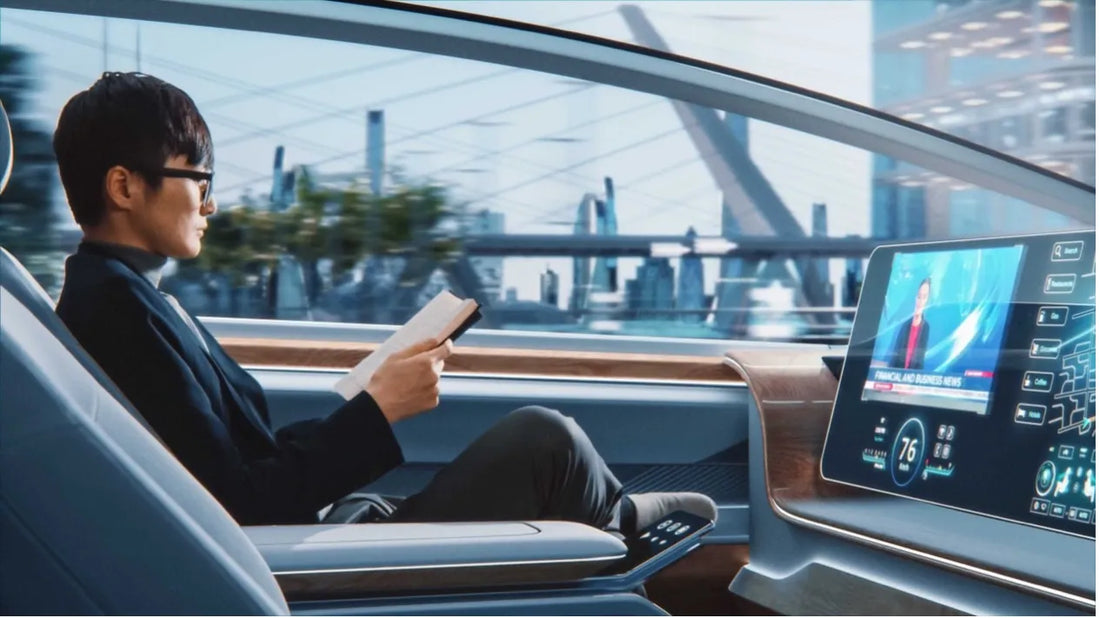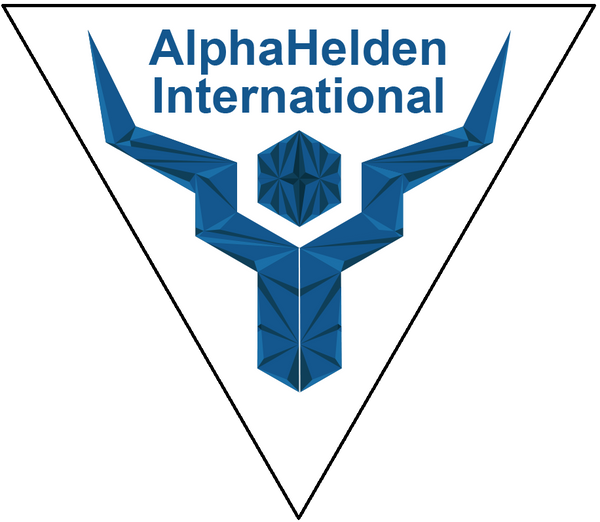
China vs Germany: The Race for Robotaxi Leadership
Share
As autonomous driving technology matures, Robotaxis are becoming a key focus in the global push for smart mobility. In this technological race, China and Germany showcase distinct characteristics and strengths.
China’s Robotaxi development is advancing at a world-leading pace, driven by policy support, a vast market, and diverse testing scenarios. Companies like Baidu, WeRide, and Pony.ai are already conducting passenger trials and even commercial operations in cities such as Beijing, Shanghai, Guangzhou, and Wuhan. The Chinese government’s open attitude towards autonomous driving provides companies with rich data and favorable policies. Meanwhile, the complex urban traffic environments of China’s mega-cities offer a natural “training ground” for improving algorithms.

In contrast, Germany’s Robotaxi development is more cautious, with a strong focus on safety and regulatory frameworks. Traditional car manufacturers such as Mercedes-Benz and Volkswagen are prioritizing a gradual transition through L3 and L4 technologies, integrating Robotaxi concepts into future mobility strategies. The German government maintains strict regulatory standards, emphasizing liability issues and ethical considerations, which slows the overall rollout. However, Germany’s long-standing strengths in hardware integration and system safety continue to offer global competitiveness.

Overall, China’s approach can be summarized as "fast iteration and data-driven innovation," while Germany focuses on "steady progress with safety first." Both models have their own advantages and will jointly shape the future landscape of global autonomous mobility.
